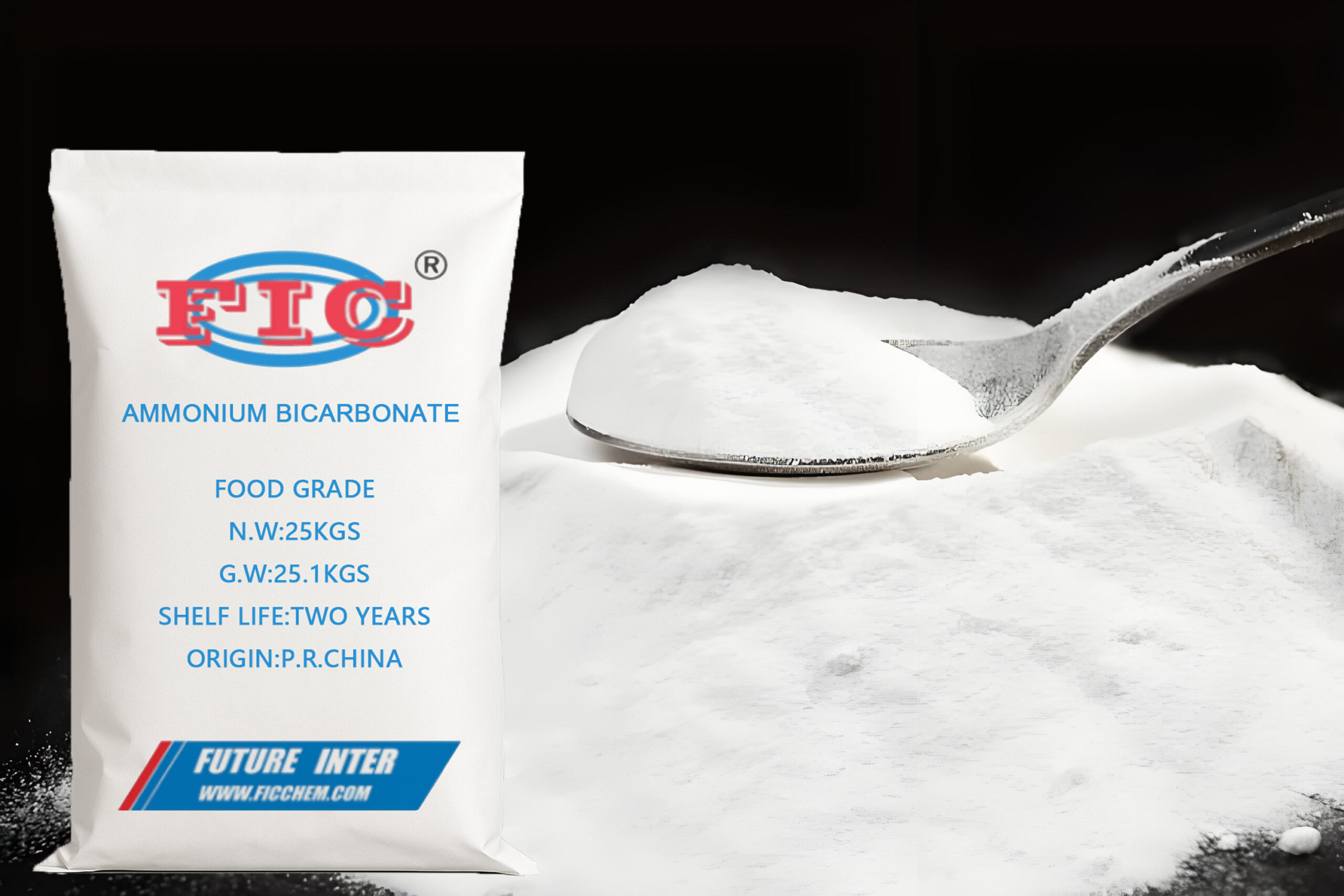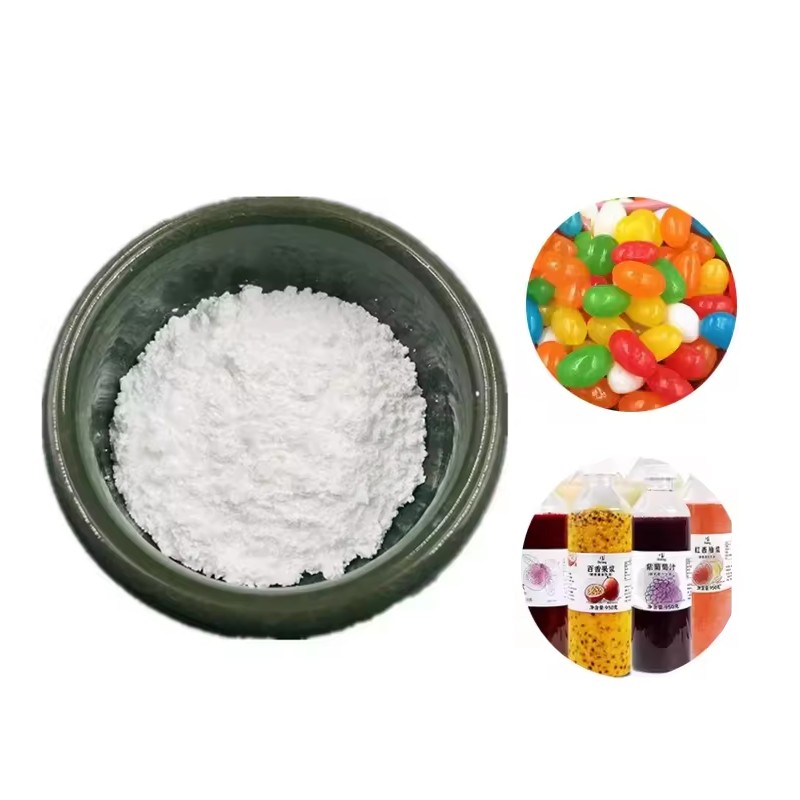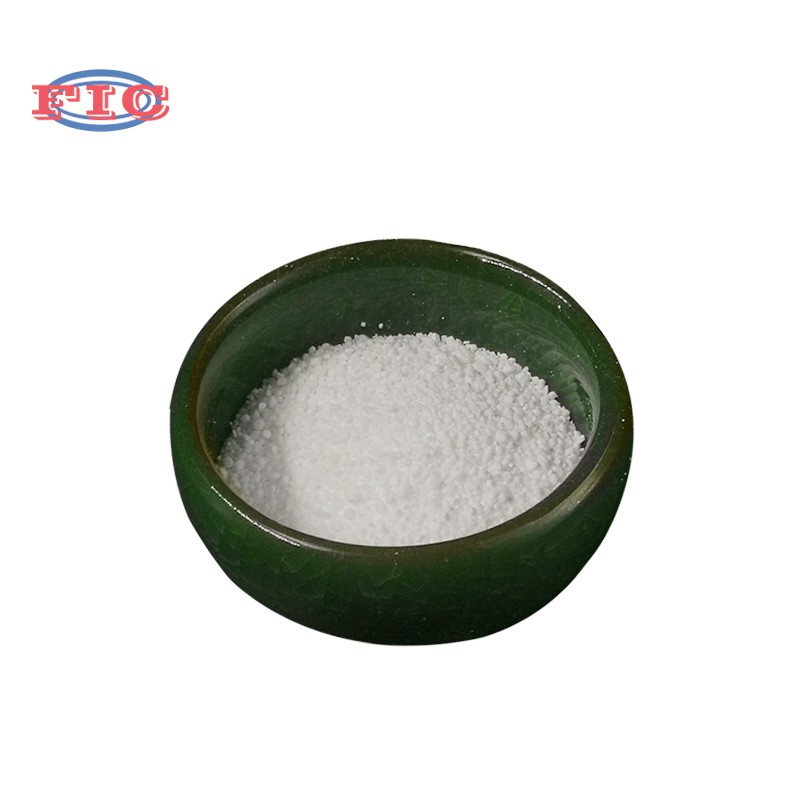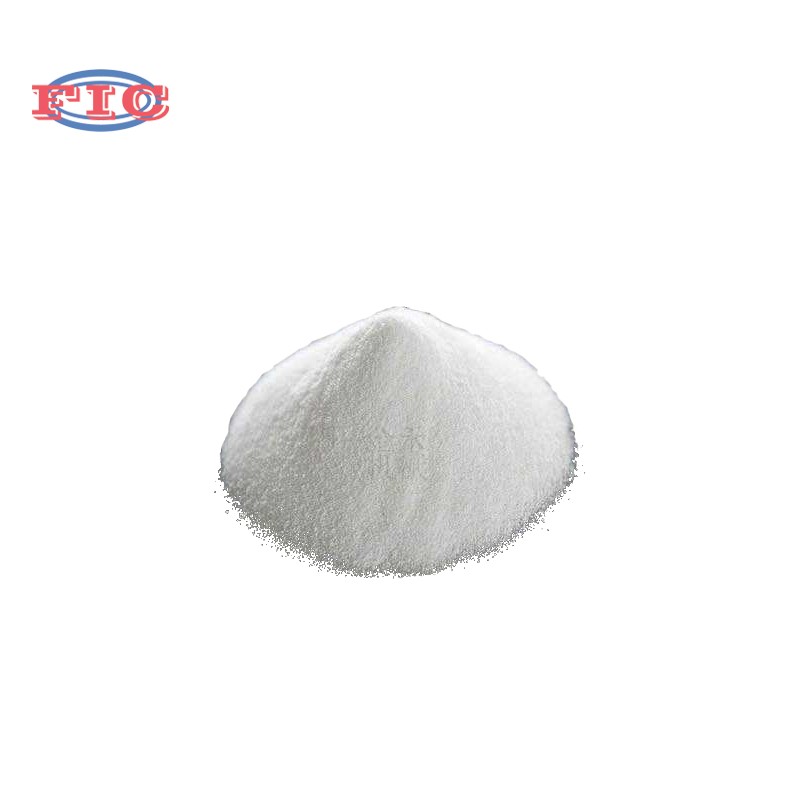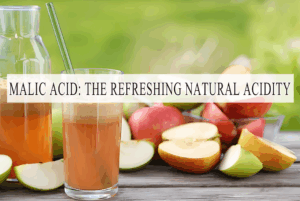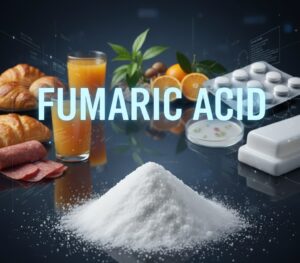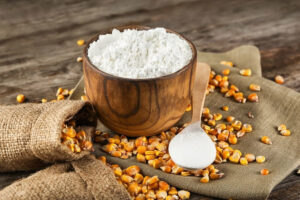Ammonium bicarbonate is a common white crystalline compound. With the chemical formula NH₄HCO₃, it is strictly categorized into two main types based on purity and intended use: Food Grade and Industrial Grade.
一. Primary Uses & Application Fields
(1) Food Grade Ammonium Bicarbonate: The Magician Behind Pastries
The key characteristic of food grade ammonium bicarbonate is its rapid and complete decomposition upon heating (above approximately 60°C), releasing ammonia gas, carbon dioxide, and water vapor. This property makes it a highly effective chemical leavening agent.
Main Applications:
Biscuits and Peach Crisps: It is particularly suitable for biscuits requiring an exceptionally crisp texture and uniform internal structure, such as common animal crackers or peach crisps. Its fast gas production causes the dough to expand rapidly in a short time, creating a porous and flaky texture.
Преимущества:
Strong leavening ability, low required dosage, cost-effective, and produces finished products with a uniform internal crumb structure.
Disadvantages:
It produces ammonia gas (NH₃) when heated. Excessive use or insufficient baking can leave an unpleasant ammonia odor, affecting flavor. Therefore, manufacturers typically avoid using it in high-moisture products like cakes.

(2) Industrial Grade Ammonium Bicarbonate: The Versatile Player in Basic Chemical Industry
Industrial grade ammonium bicarbonate has far wider applications than its food grade counterpart and serves as a fundamental raw material in numerous industrial sectors.
Main Applications:
Fertilizer Industry: Acts as a nitrogen fertilizer, providing essential nitrogen for plant growth. It is fast-acting and suitable for top-dressing applications.
Chemical Reagents & Synthesis: Serves as a crucial intermediate in producing other ammonium salts (e.g., ammonium sulfate, ammonium nitrate) and carbonates.
Plastics & Rubber Industry: Functions as a foaming agent in the production of microcellular plastics and rubber products.
Pharmaceutical Industry: Used as a raw material or intermediate in certain medicines.
Firefighting Equipment: Can be used in producing certain types of fire extinguishing agents.
Mineral Processing & Electroplating: Acts as an auxiliary chemical in metal smelting and surface treatment processes.

二. Dosage
1.Food Grade Dosage:
In practical production, the dosage typically depends on the desired crispness and leavening degree of the final product, generally ranging from 0.5% to 2% of the flour weight. Excessive use can lead to residual ammonia odor, compromising quality. Producers often use it in combination with sodium bicarbonate (baking soda) to balance gas production rate and pH, achieving better flavor and texture.
2.Industrial Grade Dosage:
Dosage in industrial applications lacks a unified standard. It depends entirely on the specific process and formulation requirements, varying significantly from a minor additive to a primary raw material.

三. Development Prospects and Trends
(1) Food-Grade Ammonium Bicarbonate: Pursuing Innovation within Stability
In traditional baking sectors like biscuit production, food-grade ammonium bicarbonate maintains stable market demand due to its irreplaceable leavening properties. Its synergistic use with other acid salts effectively mitigates ammonia odor issues.
(2) Industrial-Grade Ammonium Bicarbonate: Transitioning toward Green and High-Value Development
Driven by the “Dual Carbon” strategy, industrial-grade ammonium bicarbonate is advancing toward greener production methods and expanding applications in environmental protection.
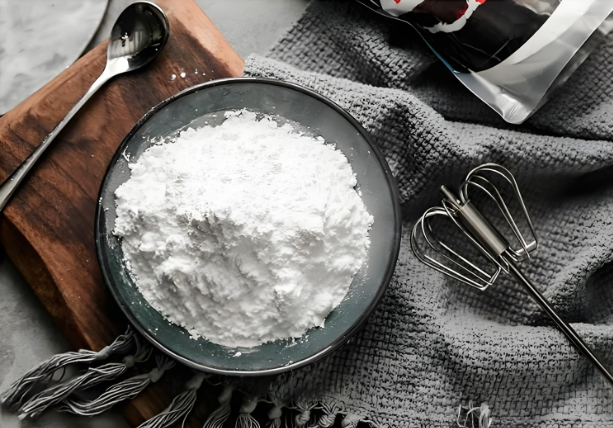
四.Summary
Ammonium bicarbonate food grade ensures the crispness and deliciousness of pastries, while industrial grade supports the operation of agriculture and modern industry。If you are interested in Ammonium Bicarbonate, please contact us! We are a professional exporter of food additives and chemical products with 17 years of international trade experience. We offer free samples and support customization.
